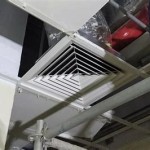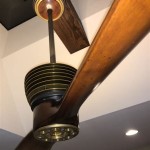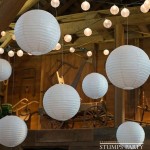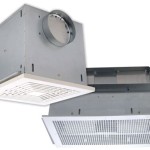Why Did Victorians Have High Ceilings?
The Victorians, known for their elaborate and opulent architecture, often incorporated high ceilings into their homes. These soaring spaces were not merely aesthetic choices but served several practical and social purposes. Here are some of the key reasons why Victorian homes had high ceilings:
1. Ventilation and Airflow
Victorian homes were notoriously crowded, with large families and servants living under one roof. High ceilings allowed for better air circulation, which was essential for maintaining a healthy and comfortable indoor environment. The taller spaces facilitated the movement of air, reducing stuffiness and odors.
2. Natural Lighting
High ceilings combined with large windows allowed for an abundance of natural light to enter the home. This was particularly important before the advent of electric lighting, as it illuminated the interior spaces during the day. The increased natural light also created a more cheerful and airy atmosphere.
3. Social Status
In Victorian society, high ceilings were associated with wealth and social status. The height of a house's ceilings indicated the affluence of the family living there. Taller rooms were seen as more grand and impressive, reflecting the owner's position in society.
4. Chandeliers and Lighting
Victorian lighting fixtures, such as ornate chandeliers, were often designed to hang from high ceilings. These elaborate light fixtures required ample space to be properly suspended and displayed. The soaring spaces allowed for the installation of grand chandeliers that illuminated the room and became focal points of the decor.
5. Aesthetic Appeal
Victorian architects and designers valued symmetry and proportion. High ceilings created a sense of verticality and grandeur within the home. They balanced out the often expansive floor plans and added an element of drama to the living spaces.
6. Practicality
High ceilings also had practical advantages. They provided more space for storage and decoration. Families could hang paintings, tapestries, and other ornaments on the tall walls. Additionally, the extra headroom allowed for taller furniture and decorations.
7. Heat Distribution
In the absence of central heating systems, high ceilings aided in heat distribution within Victorian homes. Warm air naturally rises, so the taller spaces allowed for better air circulation and more even distribution of heat throughout the house.
Conclusion
High ceilings were an integral part of Victorian architecture, serving both practical and aesthetic purposes. They provided better ventilation and natural lighting, reflected the social status of the occupants, accommodated elaborate lighting fixtures, enhanced the aesthetic appeal of the home, offered practical storage and display options, and aided in heat distribution. While the grandeur of Victorian ceilings may not be as common in modern homes, they continue to inspire architects and designers today, reflecting the enduring impact of Victorian design on our architectural heritage.

High Ceilings In Old Houses Looking For Documentation Page 2 The Historic District

Size Does Matter Kitchen Ceiling Discovery Swoon Worthy

8 Reasons Why We Love Victorian Houses Real Homes

Victorian Interior Design Ideas House Designs Plans Style
Size Does Matter Kitchen Ceiling Discovery Swoon Worthy

Victorian Interior The Classiest Of All Time

How To Improve Flow And Modernise A Victorian House

Victorian Interior Design Overview Architecture Lesson Transcript Study Com

5 Characteristics To Love About Victorian Houses

Architext By Arrol Gellner The Victorian Home Big House Bills
Related Posts








